Creating a personalized workspace at home enhances productivity and reflects an individual’s personality and working style. In the current era, where remote work has become increasingly prevalent, designing a home workspace that is both functional and inspiring is essential. This guide offers practical tips and creative ideas to transform any available space into an ideal work haven. Each aspect of designing a personalized workspace is covered, from assessing your space to incorporating technology and natural elements. Whether setting up a new home office or revamping an existing one, this guide will provide valuable insights and inspiration.
Contents
Assessing Your Space
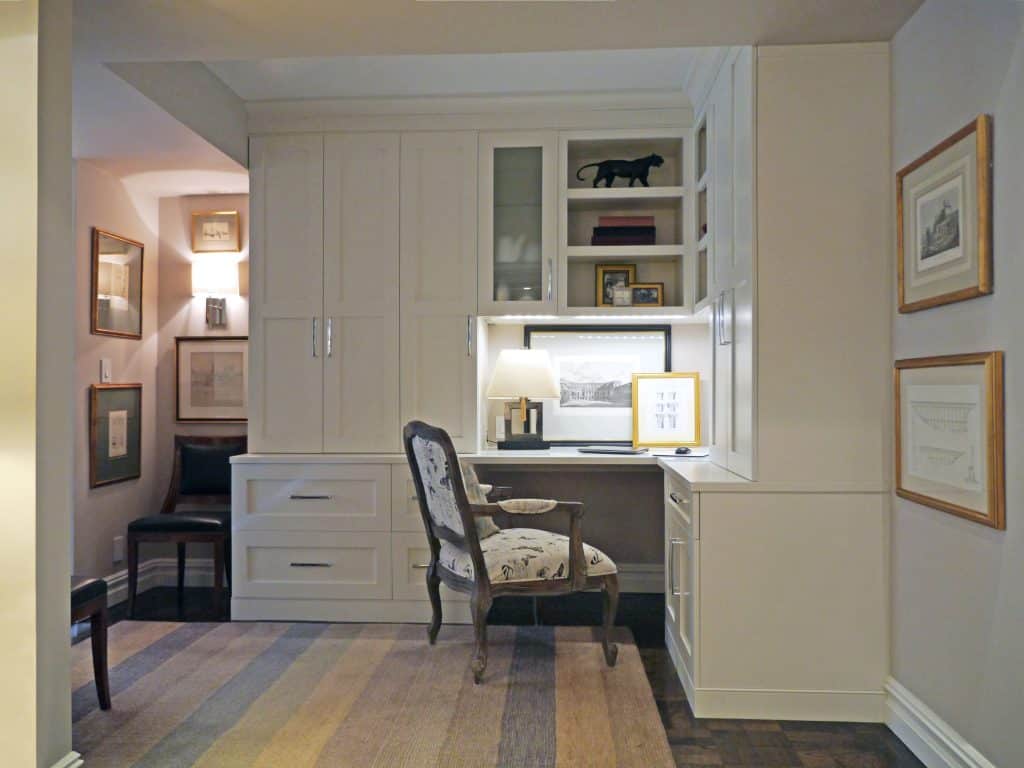
The first step in creating a personalized workspace is to assess the available space. Consider the size and location of the area you plan to transform into your workspace. Is it a small nook in your living room, a dedicated room, or a quiet corner in your bedroom? Understanding the dimensions of your space is crucial for planning the layout and choosing furniture. Additionally, take into account the natural light and ventilation in the area. Spaces with ample natural light boost mood and productivity and reduce the need for artificial lighting during the day.
Along with size and light, consider the acoustic environment of your space. A noisy environment can be distracting and counterproductive. If your chosen space is prone to external noise, consider ways to minimize it, such as using soundproof curtains or adding a white noise machine. Moreover, choosing a location that minimizes household disruptions is equally important if you share your home with others. A well-assessed space sets the foundation for a productive and comfortable home workspace.
Defining Your Work Needs
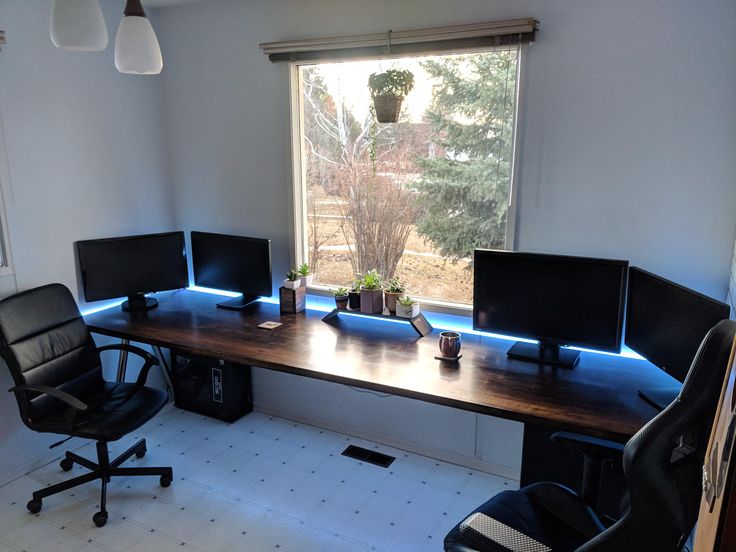
Once you’ve assessed your space, the next step is to define your work needs. Start by listing the essential equipment and technology required for your work. Depending on your profession, this could range from a computer and printer to specific tools or materials. Make sure to allocate space for these essentials in your design plan. Additionally, consider the type of work you do. Do you need a large desk for multiple monitors, or will a compact workstation suffice?
Ergonomics plays a critical role in workspace design. Investing in an ergonomic chair and desk can significantly improve comfort and prevent work-related injuries. The right furniture not only supports your body but also enhances productivity. Furthermore, think about storage solutions for your workspace. Efficient storage systems keep your workspace organized and clutter-free, contributing to a more focused and productive work environment. Tailoring your workspace to your specific work needs ensures that it is functional and conducive to your daily tasks.
Choosing a Design Theme
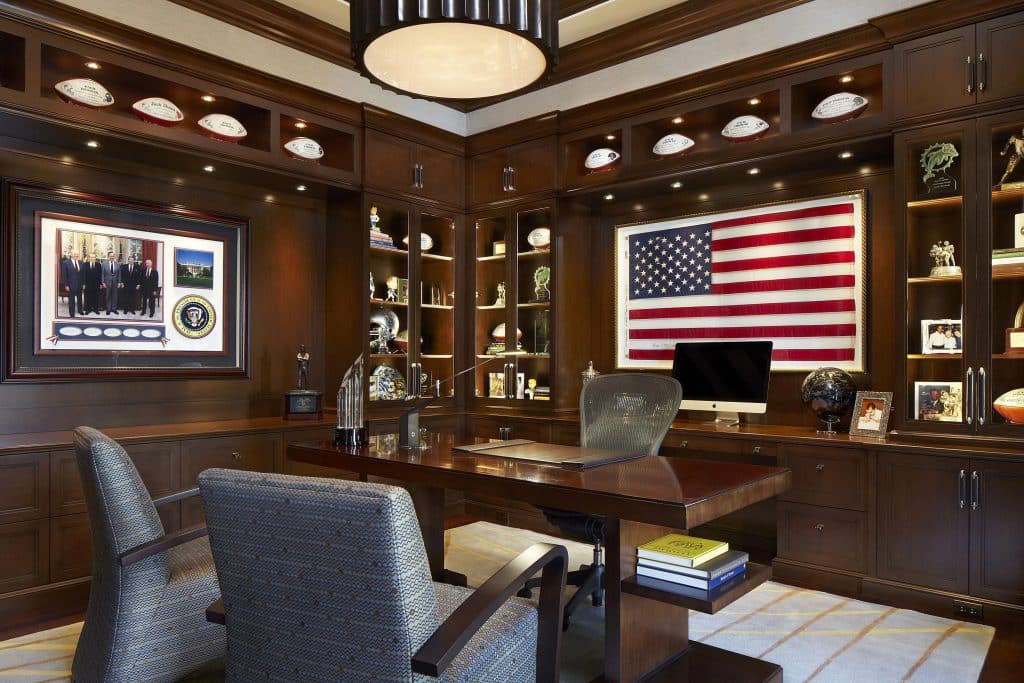
Selecting a design theme is an exciting part of creating your home workspace. It’s an opportunity to express your personality and create an environment that motivates you. Are you drawn to a minimalist design’s clean lines, the rustic theme’s warmth, or the eclectic mix of a bohemian style? Choose a theme that resonates with your taste and enhances your work mood. Remember, your workspace should be where you feel comfortable and inspired.
Color psychology also plays a significant role in workspace design. Different colors evoke different emotions and can affect your productivity and mood. For instance, blue is known for its calming effects, while yellow can stimulate creativity. Incorporating your favorite colors or those that positively impact your work mindset can make a significant difference. Personalize your space with art and decorative elements that reflect your interests and aspirations. A well-thought-out design theme makes your workspace aesthetically pleasing and creates an environment that fosters creativity and productivity.
Organizing for Efficiency
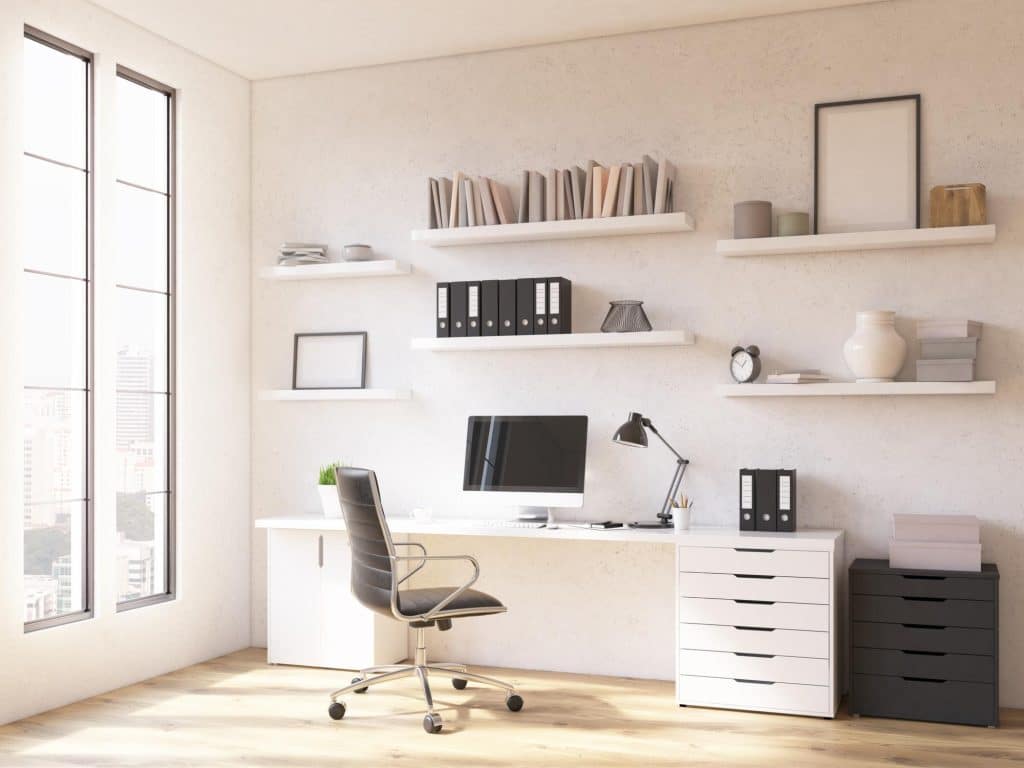
A well-organized workspace is key to efficiency. Start by planning the layout of your workspace. Position your desk and equipment to maximize space and complement your work style. For example, having a shelf within arm’s reach can be very convenient if you frequently refer to books or files. Also, consider the flow of movement in your workspace. There should be enough space to move comfortably without bumping into furniture.
Cable management is another important aspect of the organization. Tangled cords not only look messy but can also be a safety hazard. Use cable organizers or clips to keep cords neatly arranged and out of sight. Decluttering is equally essential. Regularly clearing your workspace of unnecessary items keeps it organized and reduces distractions. Utilize drawers or desk organizers to store small items like stationery.
Additionally, don’t overlook the potential of vertical space. Shelves or wall-mounted cabinets can be excellent for storing items without taking up floor space. An organized workspace looks appealing and enhances your productivity and focus.
Incorporating Plants and Natural Elements
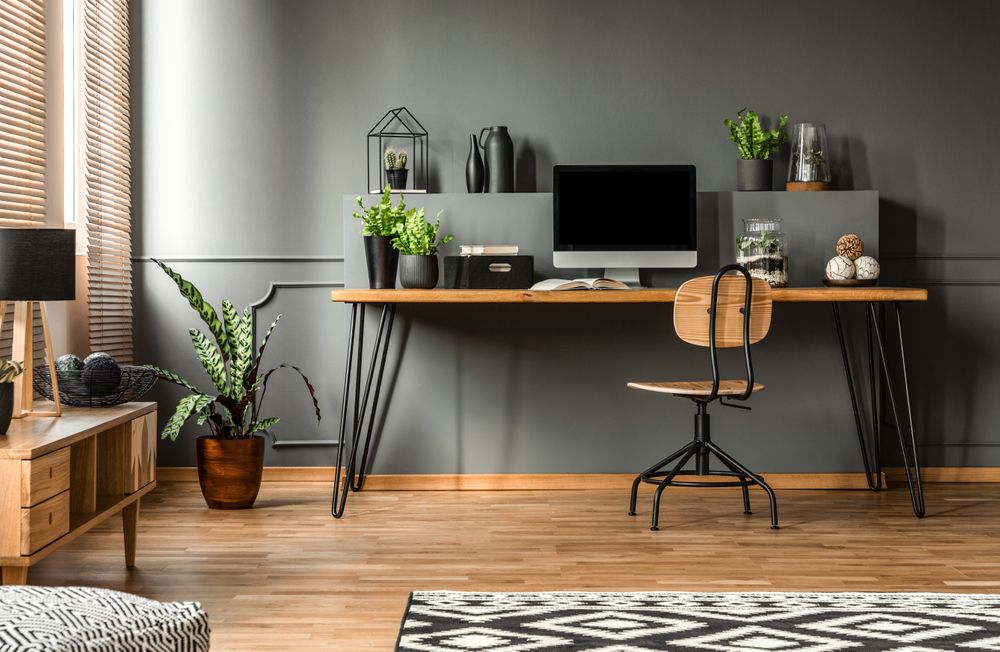
Introducing plants and natural elements into your workspace can have numerous benefits. Plants not only enhance the aesthetic appeal of your space but also improve air quality and boost mental well-being. Choose plants that are easy to care for and suitable for indoor environments, like snake plants or peace lilies. Positioning plants near your workspace or on shelves can bring a touch of nature indoors and create a calming atmosphere.
In addition to plants, incorporating natural materials like wood or stone can add warmth and texture to your workspace. Wooden desks or stone coasters are functional and add an element of nature’s simplicity to the space. These natural elements can help reduce stress and increase a sense of well-being, making your home office a more pleasant place to work. Remember, the goal is to create a balanced environment that stimulates productivity and relaxation.
Lighting and Ambiance
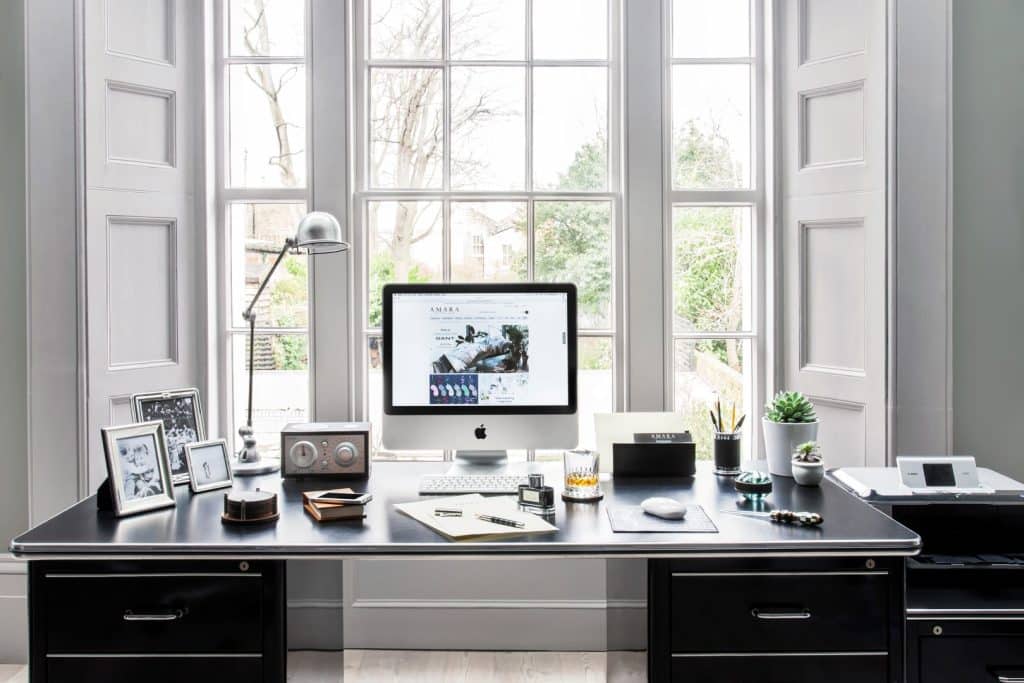
Good lighting is crucial for a comfortable and efficient workspace. Natural light is the best option; it is easy on the eyes and improves mood and energy levels. Position your workspace near a window to maximize exposure to natural light. However, relying solely on natural light is not always practical. Combine it with artificial lighting to ensure your workspace is well-lit throughout the day. Desk lamps with adjustable brightness and color temperature can help you customize the lighting to suit different tasks and times of the day.
Creating the right ambiance is also important. Personal touches like photos, inspirational quotes, or a favorite piece of art can make your workspace feel more personal and inspiring. Soft furnishings like a comfortable rug or decorative pillows can add coziness to the space. The ambiance of your workspace should reflect your personality and create an environment you enjoy spending time in.
Tech and Connectivity
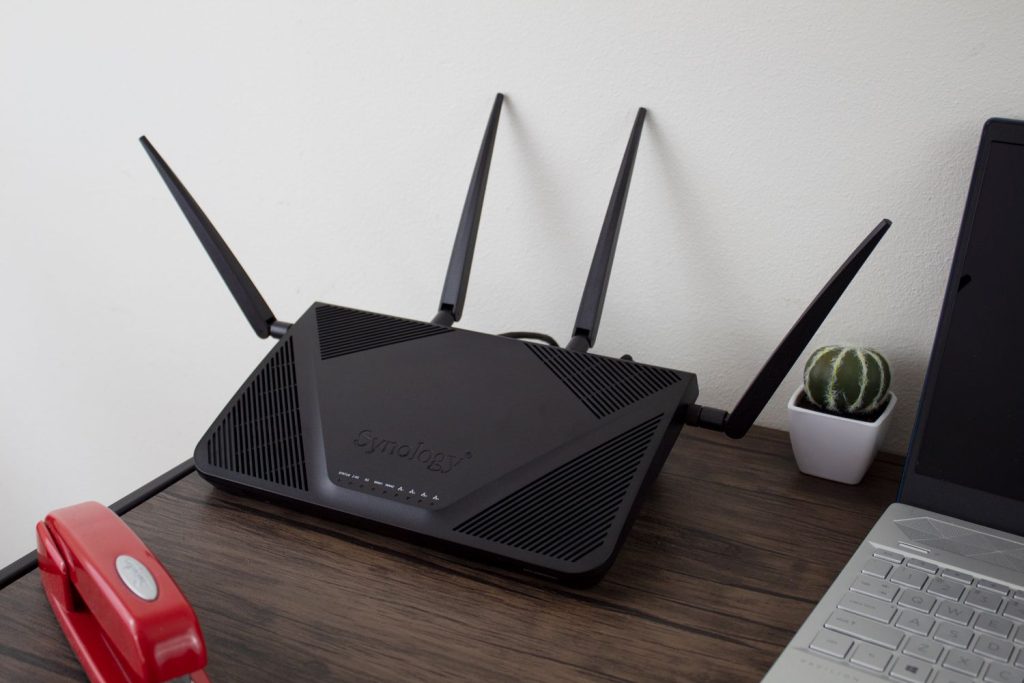
Technology and connectivity are integral to a home workspace in today’s digital age. Ensure you have a reliable internet connection and adequate power sources to support your tech needs. This might include a high-speed Wi-Fi router, surge protectors, and enough electrical outlets for all your devices.
Consider incorporating smart technology for added convenience and efficiency. Smart assistants, wireless chargers, and automated lighting can streamline your work process and create a more modern, connected workspace. However, it’s also important to balance technology with a distraction-free environment. Keep your workspace tidy by organizing cables and tech accessories, and consider setting boundaries to minimize digital distractions while working.
The Bottom Line
Designing a personalized workspace at home is rewarding and can significantly impact your productivity and well-being. By assessing your space, defining your needs, choosing a design theme, and organizing efficiently, you can create a workspace that is functional and reflects your style. Incorporating elements like plants, proper lighting, and smart technology further enhances the space, making it a pleasant and efficient area for work. Budgeting wisely and adding personal touches will ensure your workspace is practical and uniquely yours. Remember, the goal is to create a space where you feel comfortable, motivated, and inspired to do your best work.